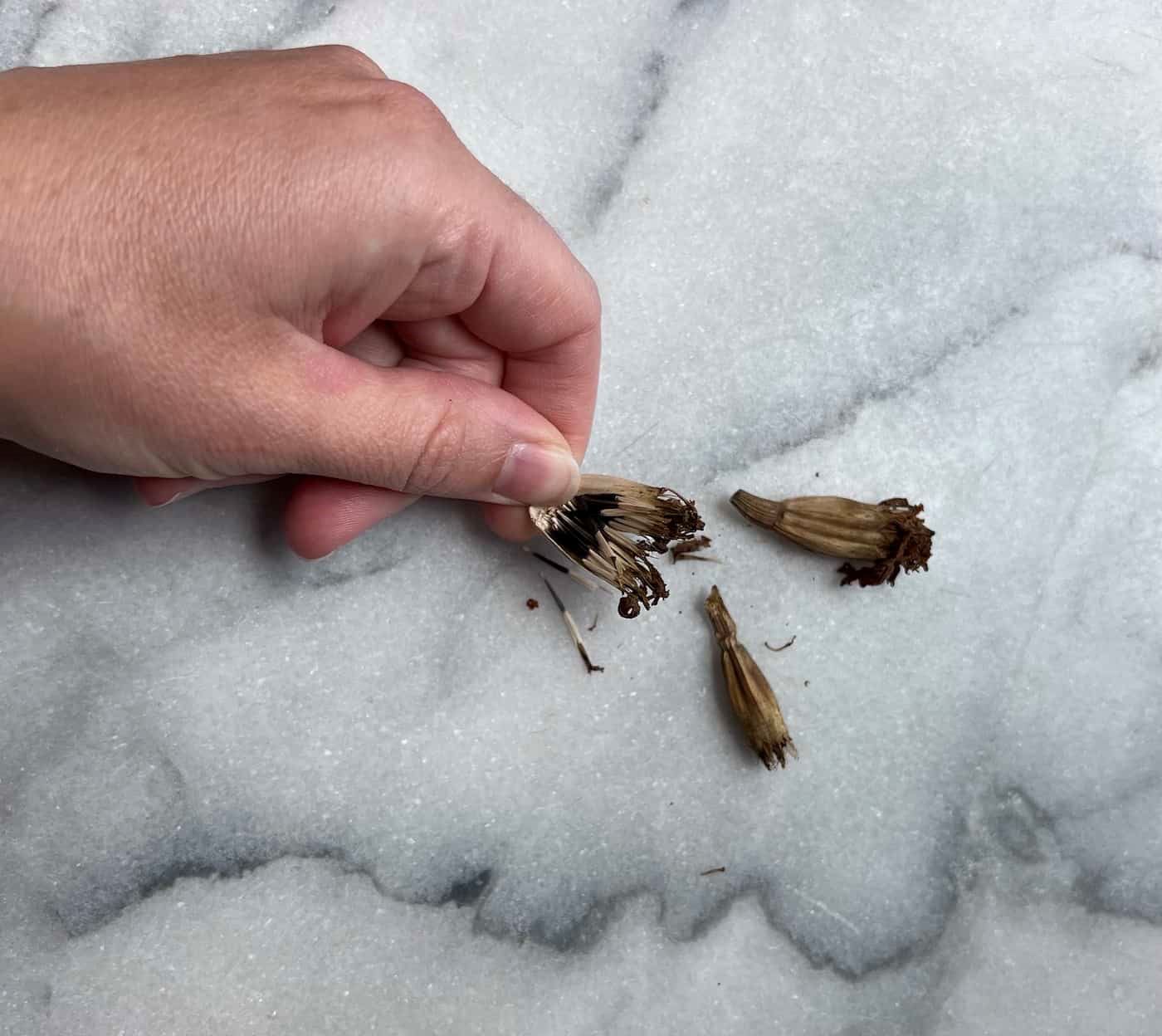

Articles
How To Store Marigold Seeds Over Winter
Modified: January 20, 2024
Learn the best methods to store marigold seeds over the winter in this helpful article. Keep your seeds safe and ready for planting next season.
(Many of the links in this article redirect to a specific reviewed product. Your purchase of these products through affiliate links helps to generate commission for Storables.com, at no extra cost. Learn more)
Introduction
Marigold flowers are not only beautiful additions to any garden, but they also produce seeds that can be harvested and stored for future use. Whether you want to save seeds for replanting next year or share them with fellow gardeners, properly storing marigold seeds over winter is crucial to ensure their viability.
By following a few simple steps, you can preserve the seeds and have a bountiful supply to enjoy in the coming seasons. In this article, we will guide you through the process of storing marigold seeds over winter, from choosing the right time to harvest to preparing and storing the seeds for optimal longevity.
Before we dive into the specifics, it is important to understand that not all marigold varieties are suitable for seed saving. While most open-pollinated and heirloom varieties readily produce viable seeds, some hybrid varieties may not yield seeds that reliably produce plants with the same characteristics. Therefore, it is best to choose open-pollinated or heirloom marigold varieties if you plan on saving seeds.
Now, let’s explore the various steps involved in successfully storing marigold seeds over winter so that you can enjoy the beauty of these flowers year after year.
Key Takeaways:
- Preserve the beauty of your garden by storing marigold seeds over winter. Choose the right time to harvest, clean, dry, and store the seeds in airtight containers for successful propagation year after year.
- Ensure the longevity and viability of your marigold seeds by following proper storage techniques. Label, inspect, and maintain cool, dark conditions to enjoy a bountiful supply of high-quality seeds for continuous garden beauty.
Read more: How To Store Carrots Over Winter
Choosing the Right Time to Harvest
Harvesting marigold seeds at the right time is crucial to ensure that they are mature and viable. Ideally, you should wait until the marigold flowers have dried up and the petals have fallen off before harvesting the seeds. This indicates that the seeds have had enough time to develop and are ready for harvesting.
One way to determine if it’s time to harvest the marigold seeds is by observing the seed heads. The seed heads, or the parts that hold the seeds, should turn brown and start to crack open. This is a sign that the seeds are mature and can be harvested.
You can gently squeeze the seed heads to see if the seeds easily come loose. If they do, it is a good indication that they are fully developed and ready to be harvested. If the seeds are still firmly attached to the seed heads, it is best to wait a few more days until they are more easily released.
It is important to note that harvesting marigold seeds too early can result in immature and non-viable seeds. On the other hand, waiting too long to harvest can lead to seeds being dispersed by wind or wildlife, which can reduce the number of seeds available for collection.
Keep a close eye on your marigold plants as they start to dry up, and try to time your harvest when the seed heads are fully mature but before they start to break open on their own.
Once you have determined that the marigold seeds are ready for harvesting, it’s time to gather your tools and begin the process of collecting the seeds.
Harvesting Marigold Seeds
Harvesting marigold seeds is a simple and enjoyable process that allows you to collect and preserve the seeds for future use. Here are the steps to follow:
- Start by choosing a dry and sunny day for harvesting. This will help ensure that the seeds are fully dried and less prone to molding during storage.
- Prepare a clean and sturdy container, such as a paper bag or a small bucket, to collect the seeds. Avoid using plastic bags as they can trap moisture and lead to seed spoilage.
- Gently hold the marigold flower head over the container and use your fingers or a pair of small scissors to cut the stem right below the flower head.
- Place the harvested flower heads into the container, making sure to remove any dirt, debris, or insects that may be present.
- Continue harvesting the marigold flower heads until you have collected as many as desired or until you have gathered a substantial amount of seeds.
- Once you have finished harvesting, transport the container to a well-ventilated and dry area where you can proceed with the next steps of cleaning and drying the seeds.
It is worth mentioning that marigold seeds are relatively small and can easily be lost if not handled with care. Therefore, it is important to be gentle during the harvesting process to avoid unnecessary seed loss.
Now that you have successfully harvested the marigold seeds, it’s time to move on to the next step of cleaning and drying them before storing for the winter.
Cleaning and Drying the Seeds
After harvesting marigold seeds, it’s important to clean and dry them before storing. This helps remove any debris, moisture, or potential contaminants that could affect their viability during storage. Follow these steps to properly clean and dry your marigold seeds:
- Transfer the harvested marigold flower heads from the container to a clean, dry surface like a tray or a piece of paper.
- Begin by gently breaking apart the flower heads with your fingers. This will help you separate the seeds from the other parts of the flowers, such as petals and stems.
- Take your time and pick out any remaining flower parts, debris, or damaged seeds. This can be done by hand or with the help of a small brush or sieve.
- Once you have removed most of the unwanted materials, you can further clean the seeds by rinsing them in a colander under running water. Make sure to use a gentle stream of water to avoid damaging or displacing the seeds.
- After rinsing, spread the seeds on a clean paper towel or a fine mesh drying screen. Ensure that the seeds are spread out in a single layer, allowing for good air circulation.
- Place the seeds in a well-ventilated area away from direct sunlight. It is important to provide proper airflow to facilitate drying.
- Allow the marigold seeds to air dry for a few weeks until they are completely dry. You can periodically check their progress by gently touching and inspecting a few seeds to ensure that they do not feel moist or sticky.
It’s worth noting that some gardeners prefer using the fermentation method to clean marigold seeds. This involves placing the seeds in water and allowing them to ferment for a few days, which helps remove any remaining pulp or plant matter. However, this method should be used with caution, as it can reduce seed viability if not done properly.
Once the marigold seeds are thoroughly dried, it’s time to move on to the next step of properly storing them in suitable containers for long-term storage during the winter.
Proper Storage Containers
Choosing the right storage containers for your marigold seeds is crucial to maintain their viability and protect them from moisture, pests, and other potential hazards. Here are some important considerations when selecting storage containers:
- Use containers that are airtight and moisture-proof to prevent any moisture from getting inside, which can lead to mold and spoilage of the seeds.
- Opt for containers made of materials like glass or metal, as they provide better protection against moisture and pests compared to plastic containers.
- Make sure the containers have a secure lid or seal to keep out air, moisture, and insects.
- Choose containers that are dark in color or opaque to minimize exposure to light, which can cause degradation of the seeds over time.
- Ensure that the containers are clean and dry before adding the seeds.
- If reusing containers, make sure to thoroughly wash and sterilize them to avoid any potential contamination from previous contents.
- Consider using smaller containers to store different varieties of marigold seeds separately, making it easier to access and identify specific seeds in the future.
Remember, it’s important to label the containers with the variety and date of collection to help keep track of your stored marigold seeds.
Now that you have the proper storage containers ready, let’s move on to preparing the marigold seeds for winter storage.
Store marigold seeds in a cool, dry place in an airtight container. Label the container with the seed variety and date. Keep away from moisture and extreme temperatures to maintain seed viability.
Read more: How To Store Geraniums Over Winter
Preparing the Seeds for Winter Storage
Before storing marigold seeds over winter, it is essential to ensure they are properly prepared to maximize their longevity and viability. Here are the steps to follow in preparing the seeds for storage:
- Thoroughly inspect the dried marigold seeds to make sure they are free from any signs of damage, mold, or pests. Discard any seeds that appear discolored, shriveled, or otherwise unhealthy, as they are unlikely to germinate successfully.
- If desired, you can perform a simple germination test on a small sample of seeds to assess their viability. Place the seeds on a damp paper towel and keep them in a warm environment. After a few days, check to see how many seeds have sprouted. This will give you an idea of the percentage of viable seeds.
- Store the marigold seeds in small, labeled envelopes or seed packets. These can be purchased or made from folded paper. Be sure to include information such as the variety, harvest date, and any other relevant details.
- Place the envelopes or seed packets inside the previously chosen airtight storage containers. You can add some desiccant packets or silica gel to help absorb any residual moisture.
- Store the containers in a cool, dark, and dry location, such as a basement or a pantry. The temperature should ideally be between 32-41°F (0-5°C) to maintain seed viability over an extended period.
It is worth noting that keeping the seeds in a refrigerator can provide an additional level of protection against temperature fluctuations and pests. However, make sure the seeds are well-sealed to prevent moisture absorption.
By following these steps and taking the necessary precautions, you can ensure that your marigold seeds are well-prepared for winter storage, increasing the likelihood of successful germination in the future.
Storing the Marigold Seeds over Winter
Now that you have properly prepared your marigold seeds, it’s time to store them over the winter season. Follow these guidelines for successful seed storage:
- Ensure that the storage containers are tightly sealed to prevent any moisture, air, or pests from entering. This will help maintain optimal conditions for seed preservation.
- Place the sealed containers in a cool and dark location, away from direct sunlight and extreme temperature fluctuations. A consistently cool temperature will help prolong seed viability.
- Aim for a storage temperature between 32-41°F (0-5°C). This temperature range helps prevent premature aging and extends the shelf life of the seeds. A basement, cellar, or unheated garage can serve as suitable storage locations.
- Avoid storing seeds in areas prone to high humidity or temperature changes, such as near a heater, in an attic, or in a shed that experiences drastic temperature shifts.
- Refrain from opening the containers frequently. Each time you open the container, you expose the seeds to potential moisture and fluctuating temperatures, which can reduce their viability.
- Regularly check the stored seeds for any signs of mold, moisture, or pests. If you notice any issues, immediately remove the affected seeds and ensure the remaining ones are still well-sealed and protected.
Following these storage procedures will greatly enhance the likelihood of retaining the quality and viability of your marigold seeds throughout the winter months.
When spring arrives, and you are ready to sow the seeds, allow them to acclimate to room temperature for a few days before planting. This gradual adjustment will help prevent shock to the seeds when placed in the soil.
Remember, the longevity of stored seeds can vary depending on the specific variety and the conditions in which they are stored. It’s always a good idea to periodically test viability throughout the storage period by conducting a simple germination test as described earlier.
By investing a little time and effort into proper storage, you can enjoy a successful and productive marigold garden when the planting season arrives once again.
Checking the Seeds for Viability
Before planting the stored marigold seeds, it’s important to check their viability. By conducting a simple germination test, you can assess the likelihood of successful seed sprouting. Here’s how to check the seeds for viability:
- Select a small sample of seeds from the stored collection. You can choose a representative sample or focus on specific varieties you are eager to grow.
- Moisten a paper towel or a piece of filter paper without soaking it. Place the dampened paper towel on a clean surface, such as a plate or a plastic tray.
- Distribute the seeds evenly on one half of the paper towel, making sure they are not touching each other.
- Fold the other half of the paper towel over the seeds to cover them completely.
- Place the paper towel with the enclosed seeds in a sealed plastic bag to retain moisture and create a controlled environment for germination.
- Keep the bag in a warm location with a consistent temperature of around 70-75°F (21-24°C).
- Monitor the seeds daily, checking for any signs of germination. Depending on the variety, marigold seeds typically germinate within 7-14 days.
- Record the number of seeds that successfully sprout. This will give you an idea of the overall viability of the stored seeds.
After the germination period, carefully remove the sprouted seeds from the paper towel and transplant them to your desired growing medium for further growth and development.
It’s important to note that not all seeds may germinate successfully, even if they were stored under optimal conditions. Some natural variation in germination rates can occur. However, a high percentage of sprouted seeds indicates good seed viability.
If the germination rate is low, you may consider starting additional seeds or purchasing new ones to supplement your garden. Additionally, make note of any specific varieties that showed low germination rates for future reference.
Regularly testing the viability of stored seeds will allow you to plan and adjust your planting strategy accordingly, ensuring a successful and productive marigold garden.
Tips for Successful Seed Storage
Proper seed storage is essential for maintaining the viability and quality of your marigold seeds. Here are some tips to ensure successful seed storage:
- Labeling: Clearly label each storage container with the variety, harvest date, and any other relevant information. This will help you keep track of your seeds and make informed decisions when it’s time to plant.
- Cool and Dark Storage: Store your seeds in a cool, dark, and dry location. Optimal temperatures range between 32-41°F (0-5°C). Avoid exposing them to direct sunlight or high temperatures, as this can reduce seed viability.
- Airtight Containers: Use airtight containers such as glass jars or metal tins to prevent moisture and air from reaching the seeds. This will help maintain their longevity and protect against mold or pest infestation.
- Desiccant Packs: Add desiccant packs or silica gel sachets to the storage containers to absorb any excess moisture and further protect the seeds from humidity.
- Avoid Freezing: While cold storage is beneficial, avoid freezing the seeds. Freezing temperatures can damage the seeds and reduce their viability.
- Regular Inspection: Periodically check the stored seeds for signs of mold, moisture, or pests. Remove any damaged or problematic seeds to prevent them from affecting the others.
- Separate Varieties: If you are storing multiple marigold varieties, keep them in separate containers or clearly labeled envelopes to prevent cross-pollination and maintain variety purity.
- Store in Original Packaging: If the seeds were purchased in sealed packets, you can store them in their original packaging. Ensure the packets are tightly sealed and place them in an additional airtight container for added protection.
- Stagger Planting: Consider storing seeds from different years to stagger your plantings. This ensures a continuous supply of fresh marigold plants throughout the growing season.
- Rotate Seeds: To maintain seed viability, it’s a good practice to use your oldest seeds first and rotate your stock regularly. This helps ensure that you always have a fresh supply of viable seeds.
Following these tips will help optimize the storage conditions for your marigold seeds and increase the chances of successful germination when it’s time to sow them.
Remember, each seed has the potential to grow into a beautiful marigold plant, so treat them with care and create the ideal environment for long-term storage.
Read more: How To Store Cannas Over Winter
Conclusion
Storing marigold seeds over winter is a rewarding endeavor that allows you to preserve and propagate your favorite marigold varieties year after year. By following the proper steps for harvesting, cleaning, drying, and storing the seeds, you can ensure their viability and enjoy a flourishing marigold garden in the coming seasons.
Remember to choose the right time to harvest the seeds when the flower heads have dried and the seeds are fully developed. Clean the seeds thoroughly, removing any debris or damaged seeds, and allow them to air dry in a well-ventilated area. Use proper storage containers that are airtight, moisture-proof, and kept in cool, dark locations. Regularly check the seeds for viability and perform germination tests when needed.
By labeling your stored seeds, maintaining suitable storage conditions, and rotating your seed stock, you can optimize their longevity and have a steady supply of high-quality marigold seeds for years to come. Ensure that the stored seeds are protected from moisture, light, and extreme temperature fluctuations, as these factors can significantly impact their viability.
Whether you’re a seasoned gardener or just starting out, successfully storing marigold seeds over winter is an important skill to cultivate. It allows you to save money, preserve heirloom varieties, and share your garden’s beauty with others.
So, gather your marigold seeds, embrace the process, and enjoy the anticipation of the vibrant blooms that will grace your garden in the future. With proper storage techniques, you can embark on a journey of endless marigold growth and create a stunning display of natural beauty year after year.
Frequently Asked Questions about How To Store Marigold Seeds Over Winter
Was this page helpful?
At Storables.com, we guarantee accurate and reliable information. Our content, validated by Expert Board Contributors, is crafted following stringent Editorial Policies. We're committed to providing you with well-researched, expert-backed insights for all your informational needs.
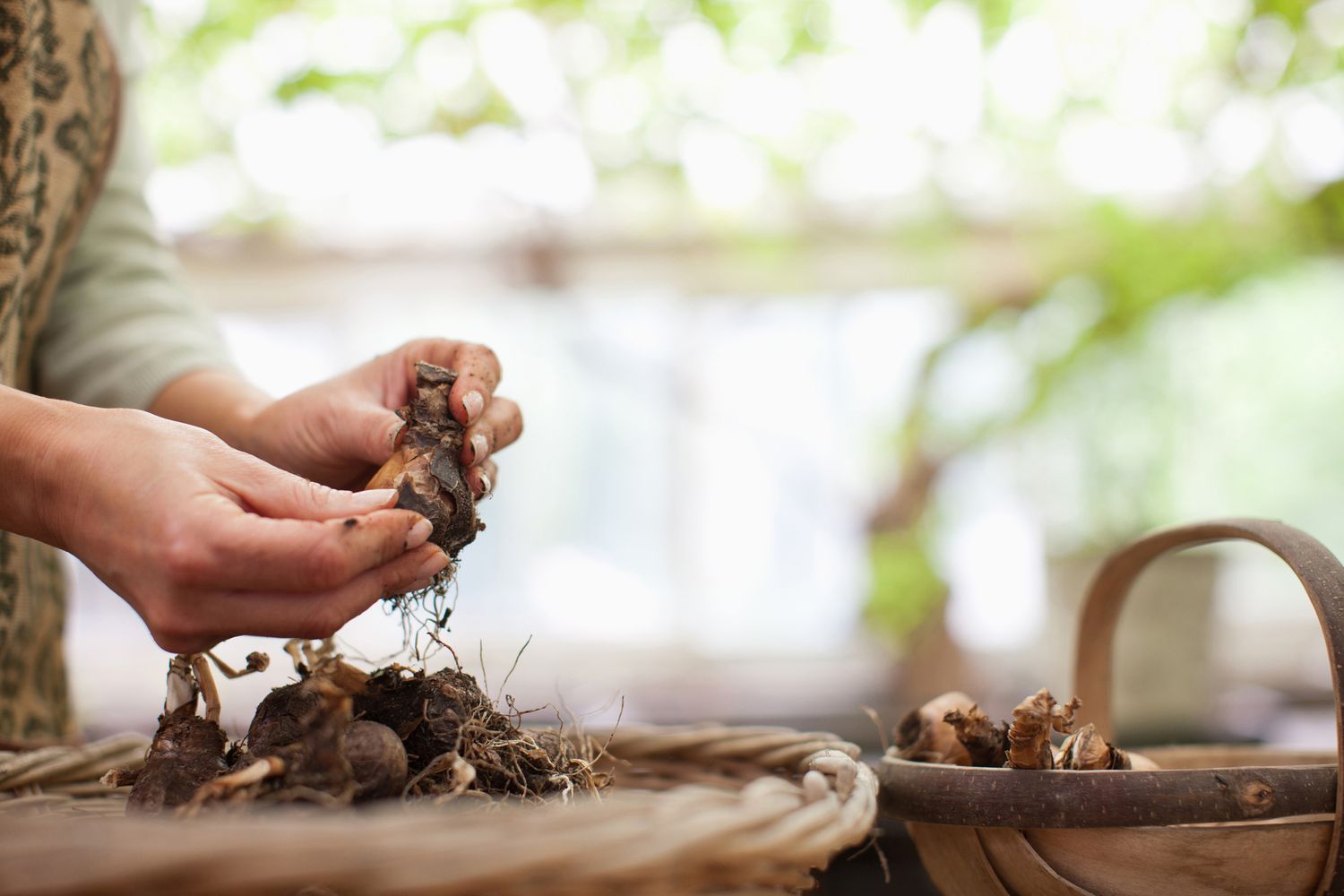
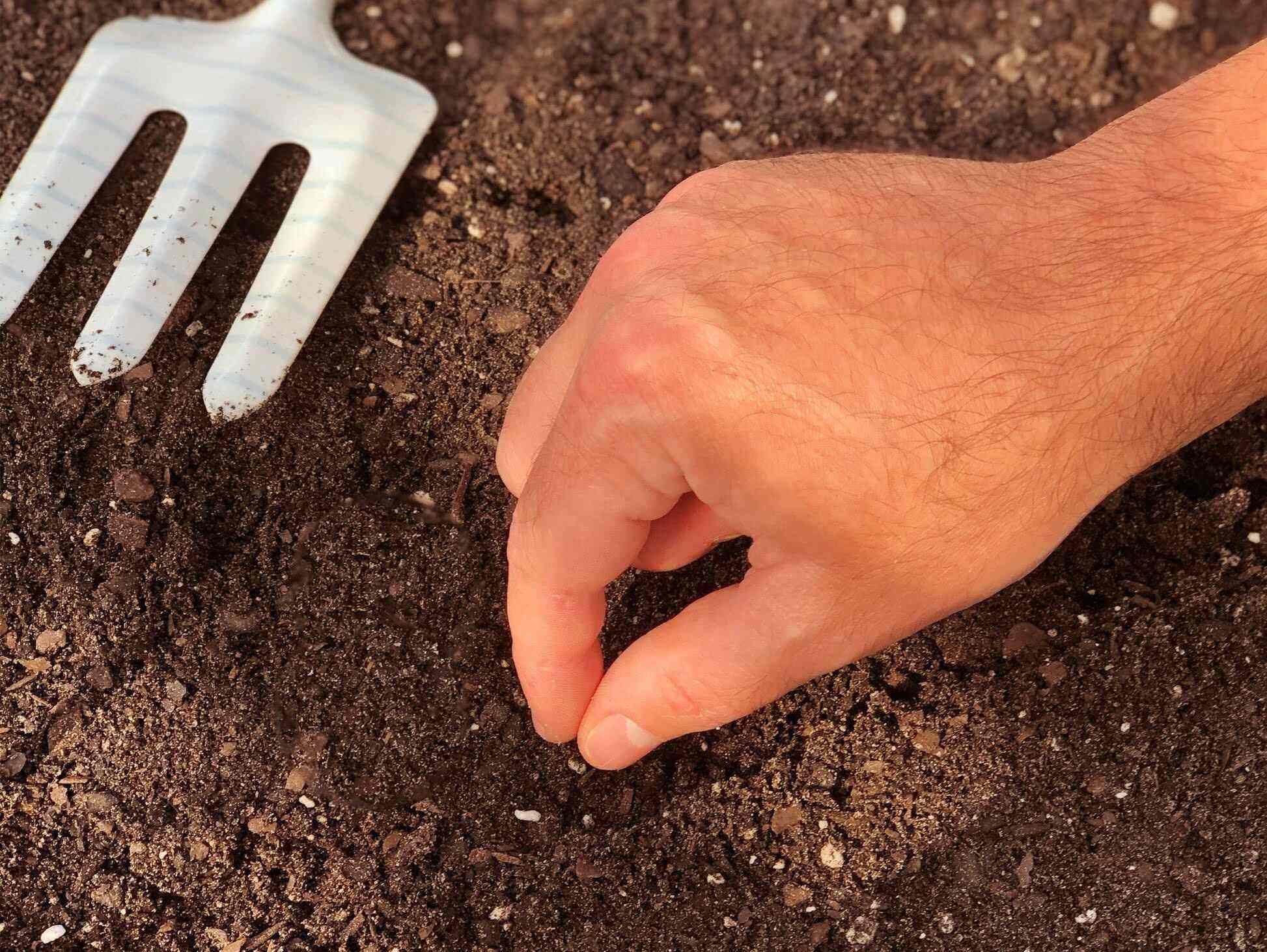
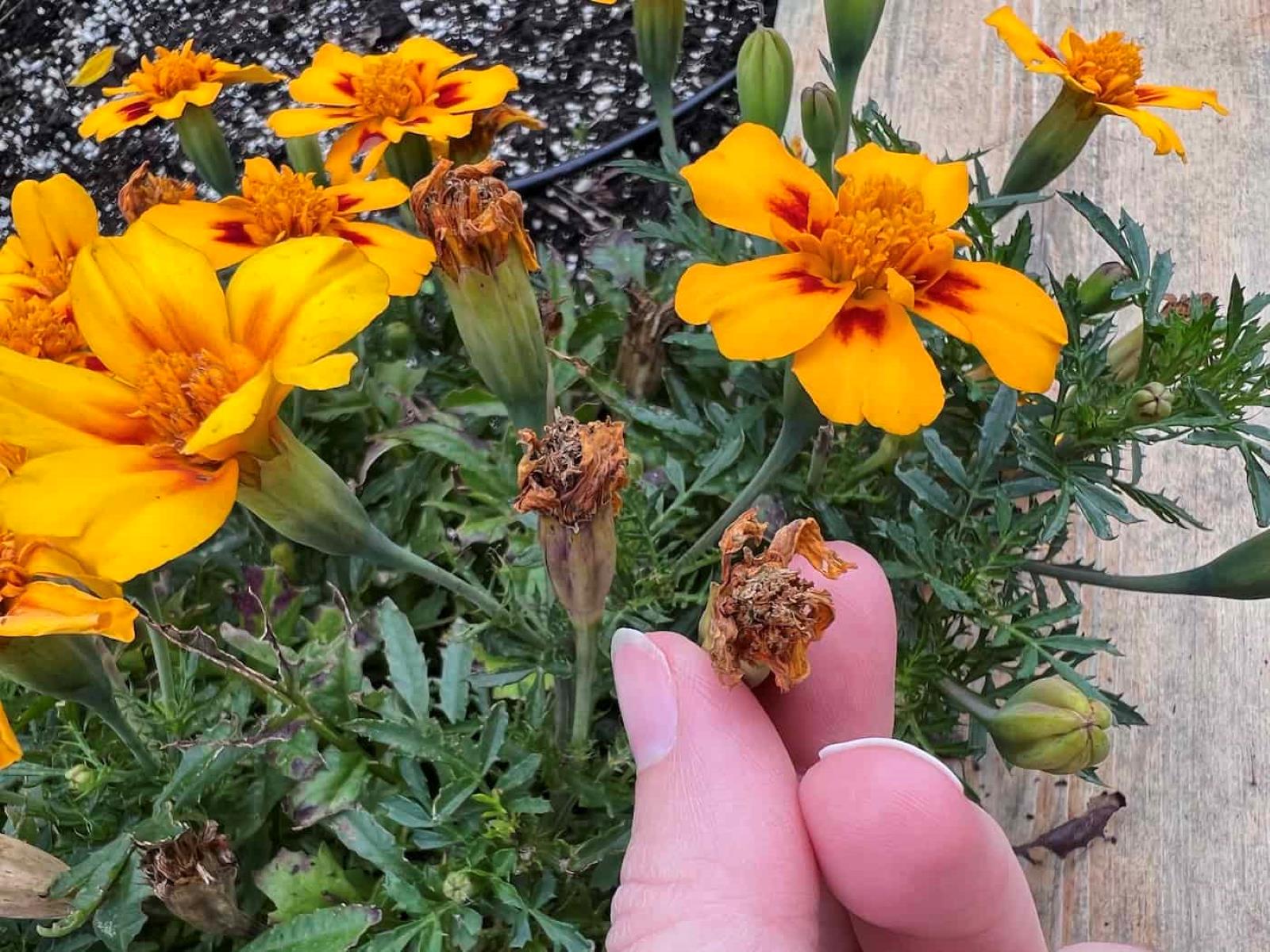
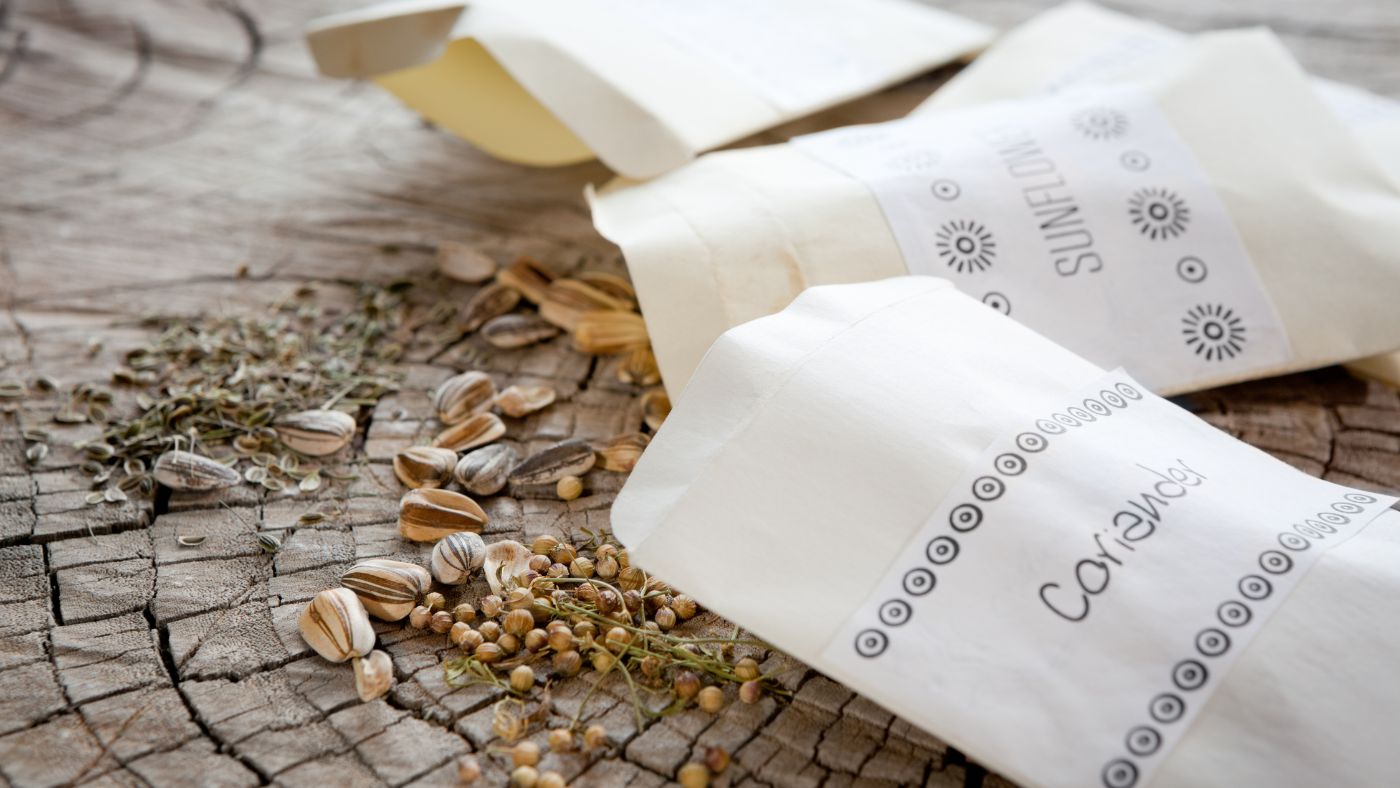
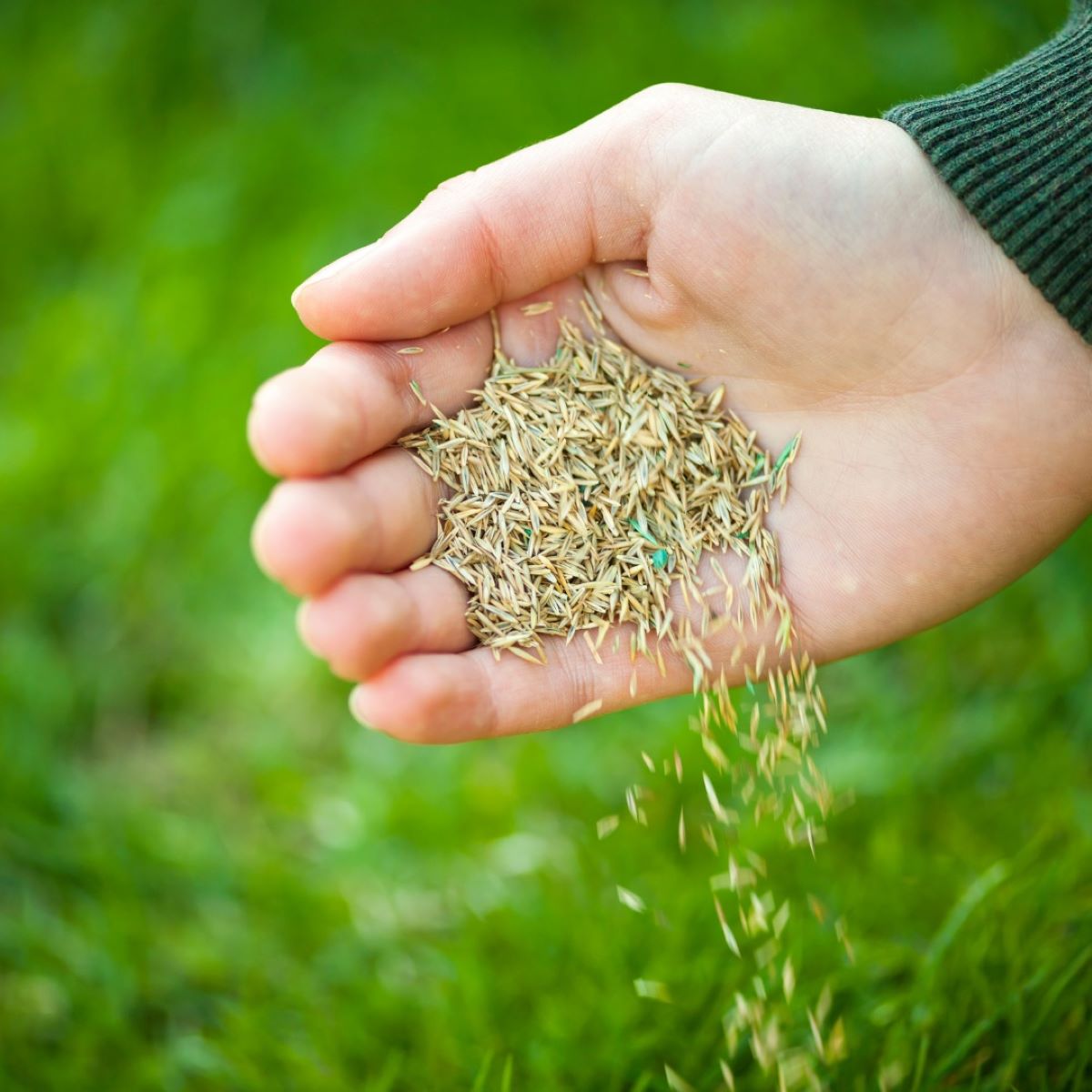
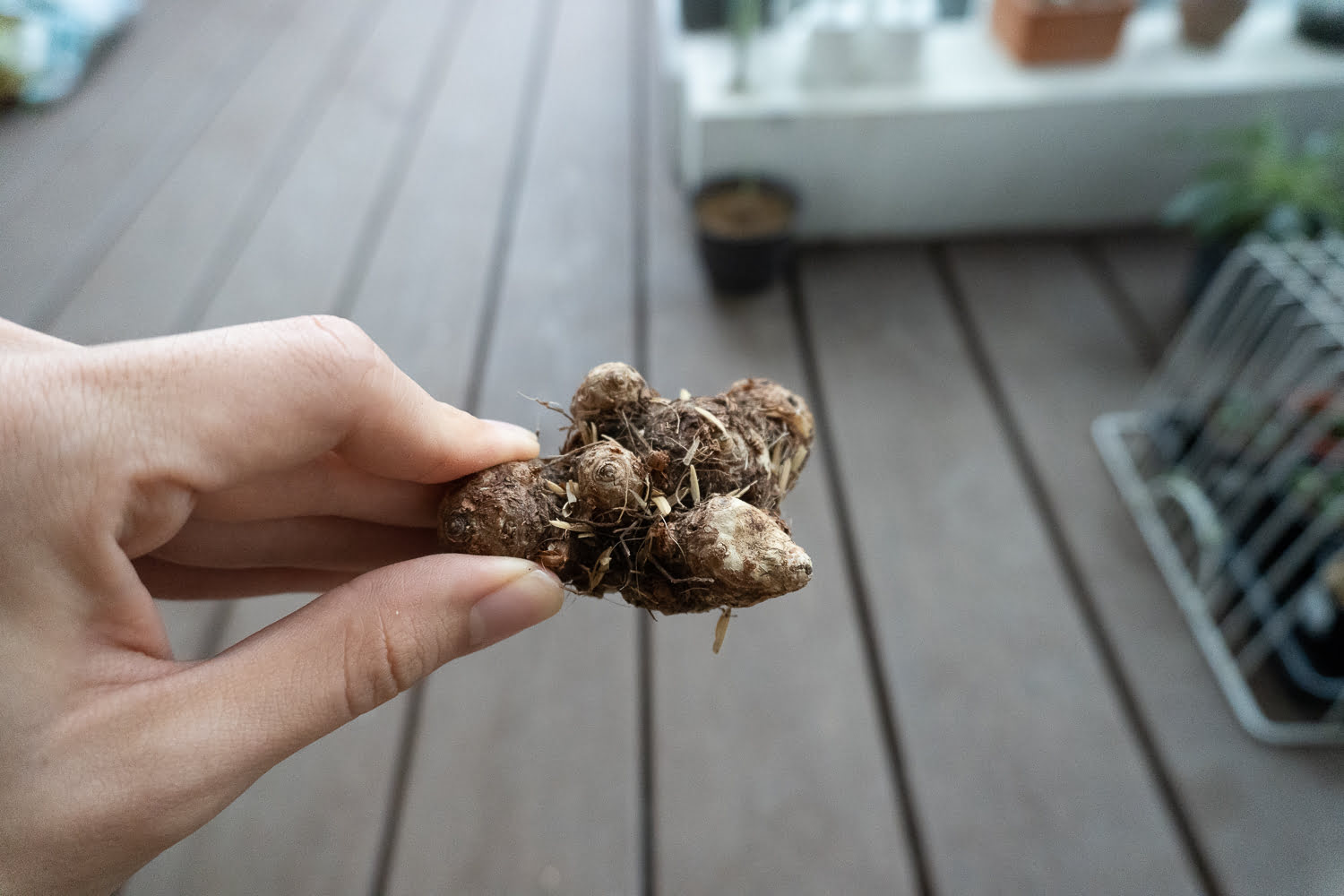
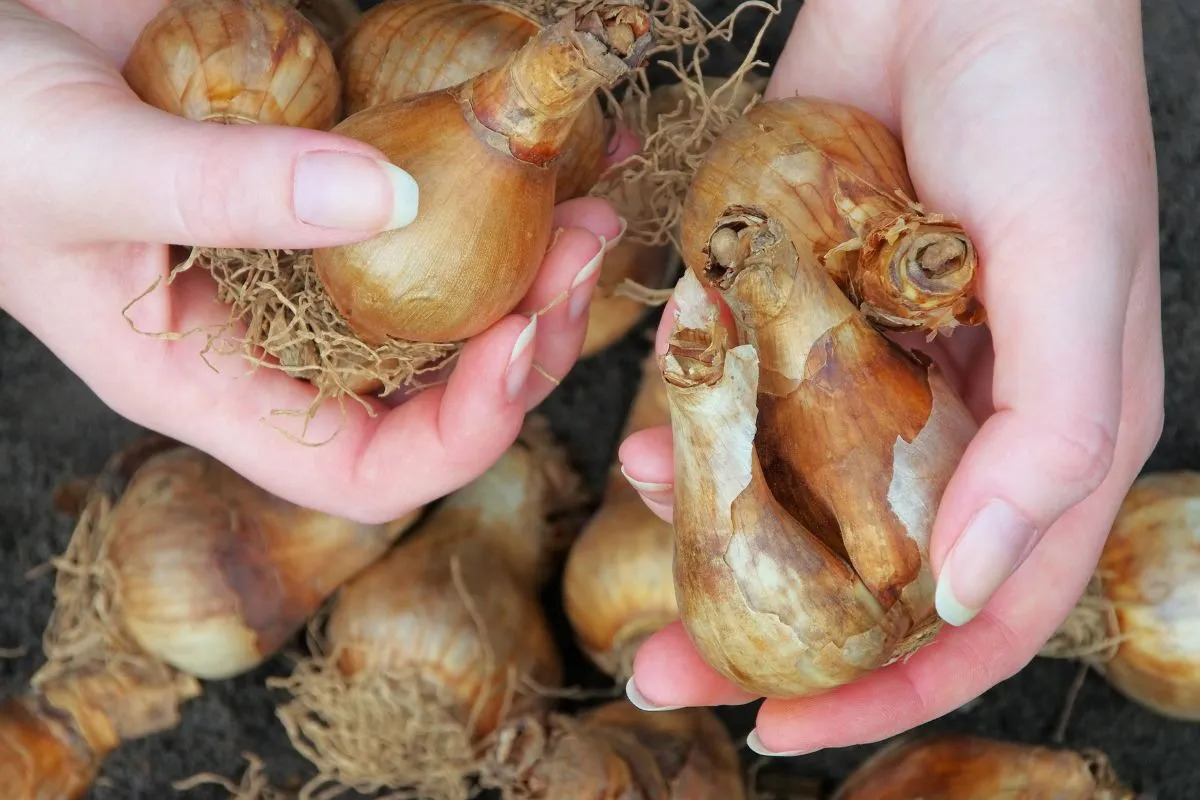
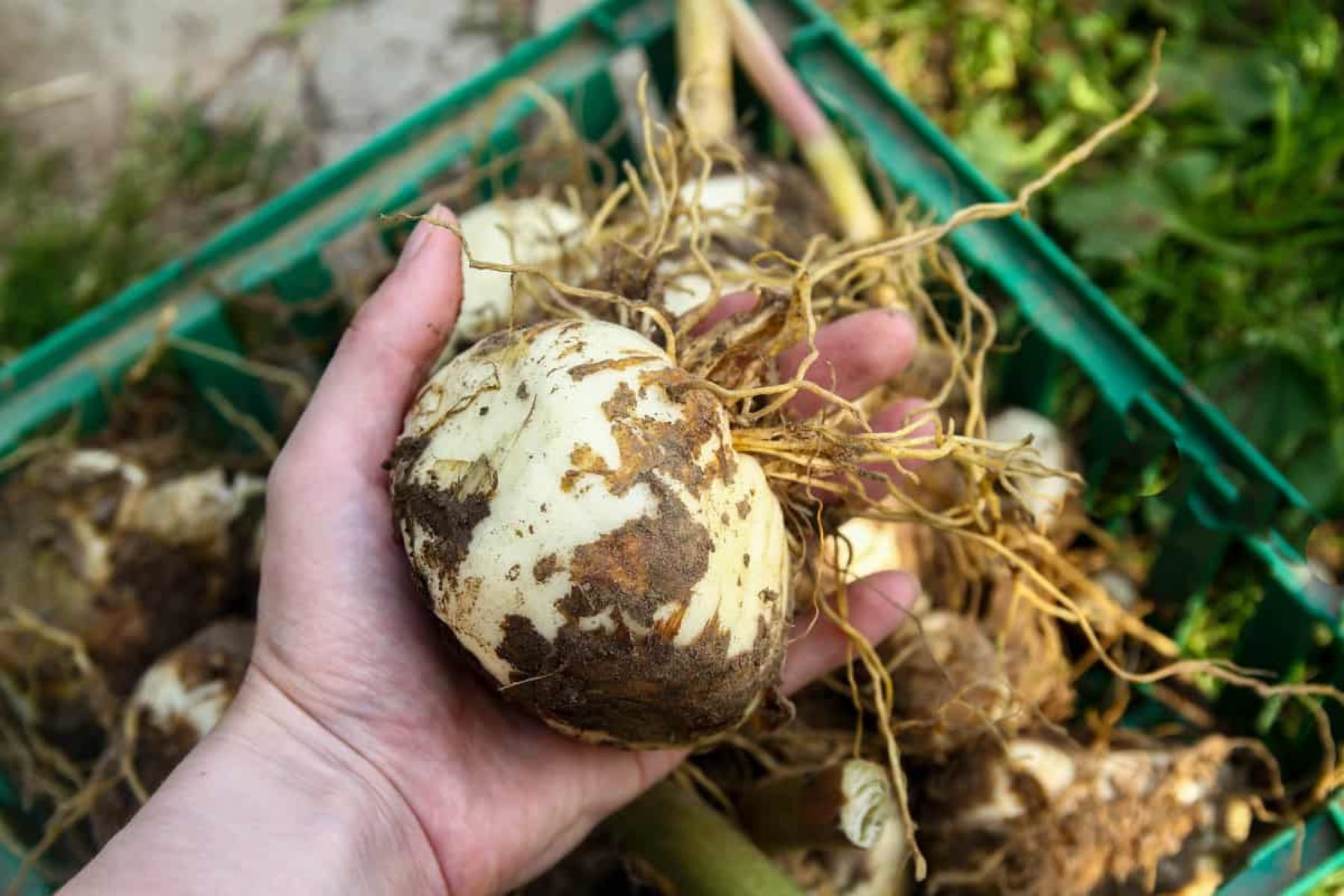
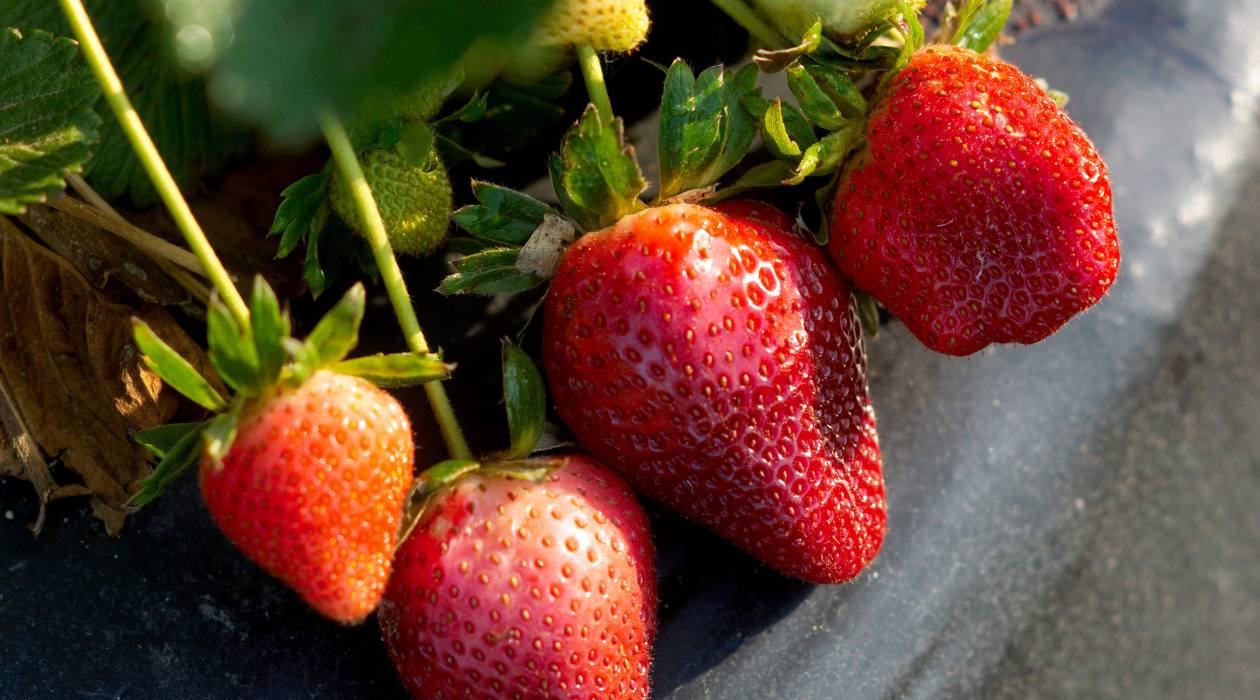
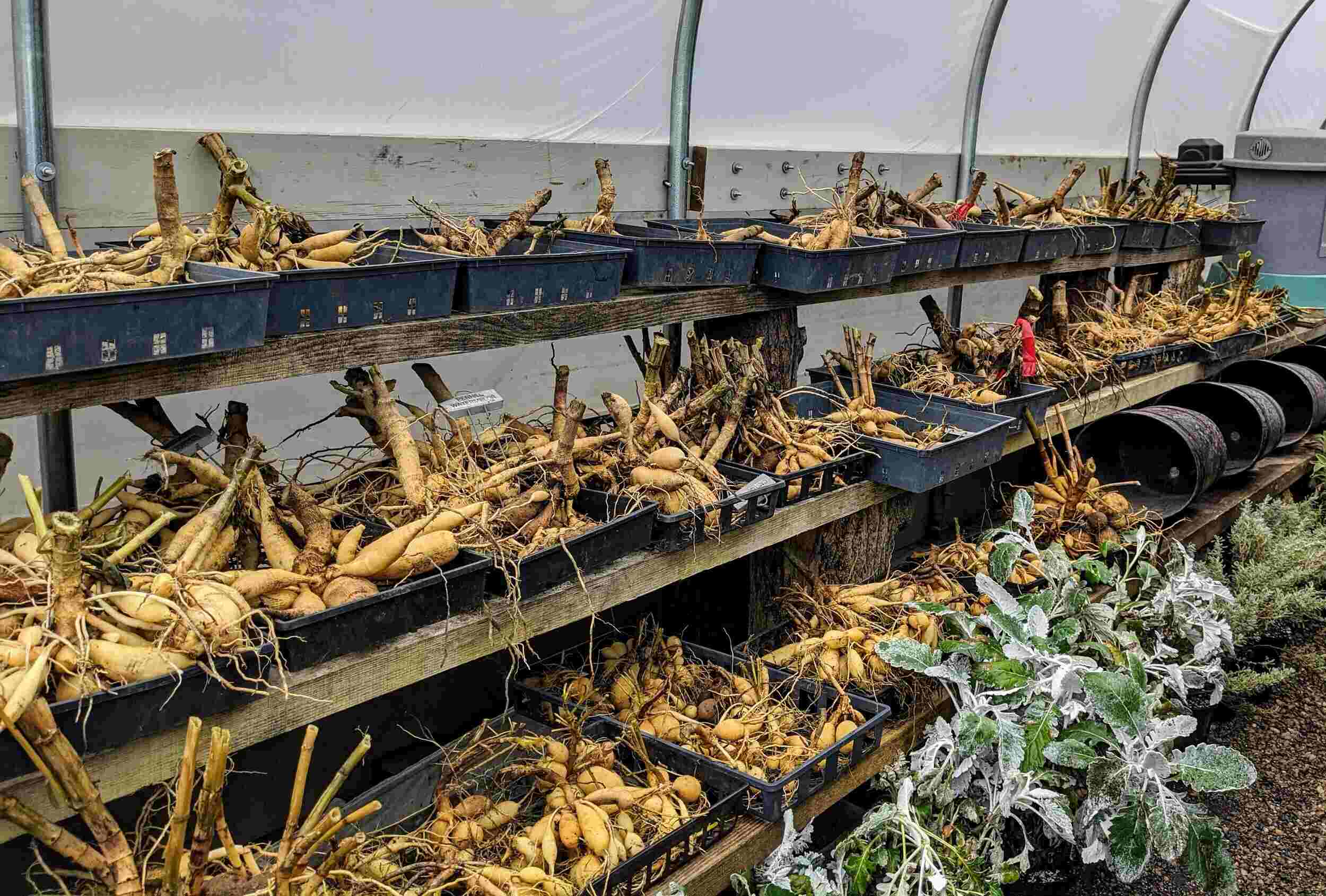

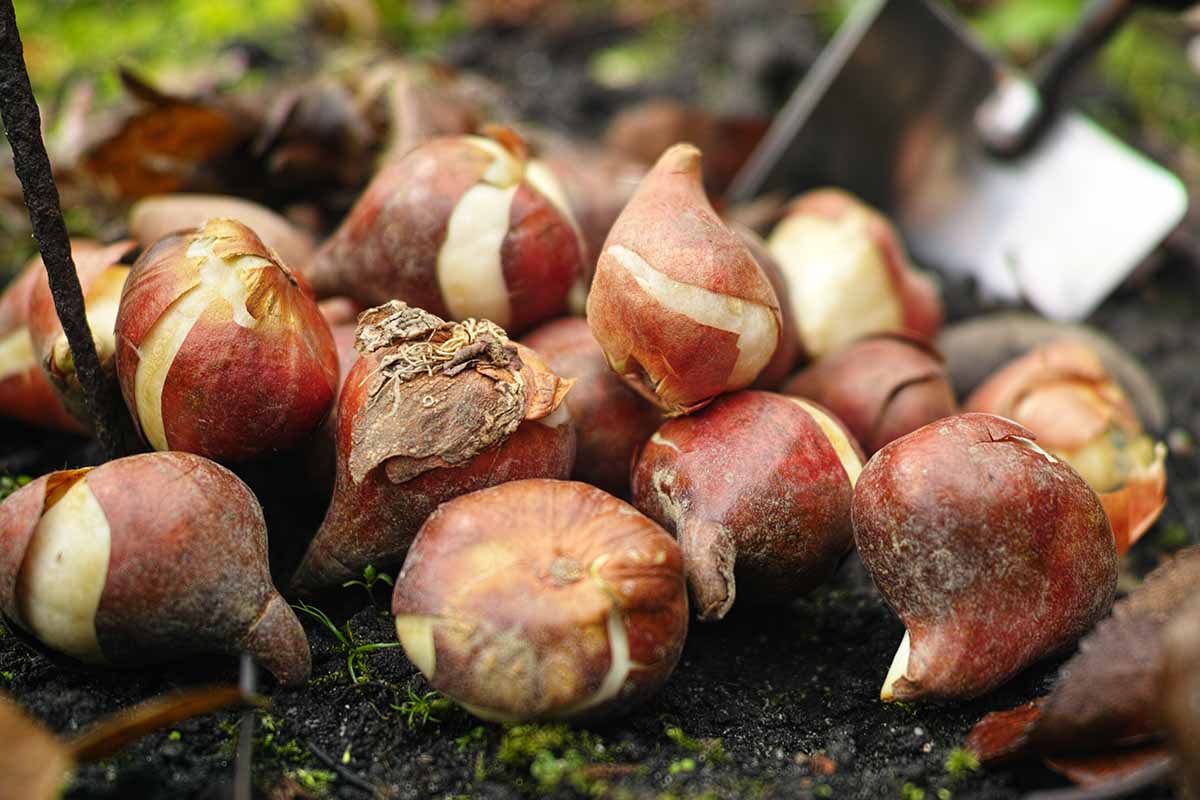
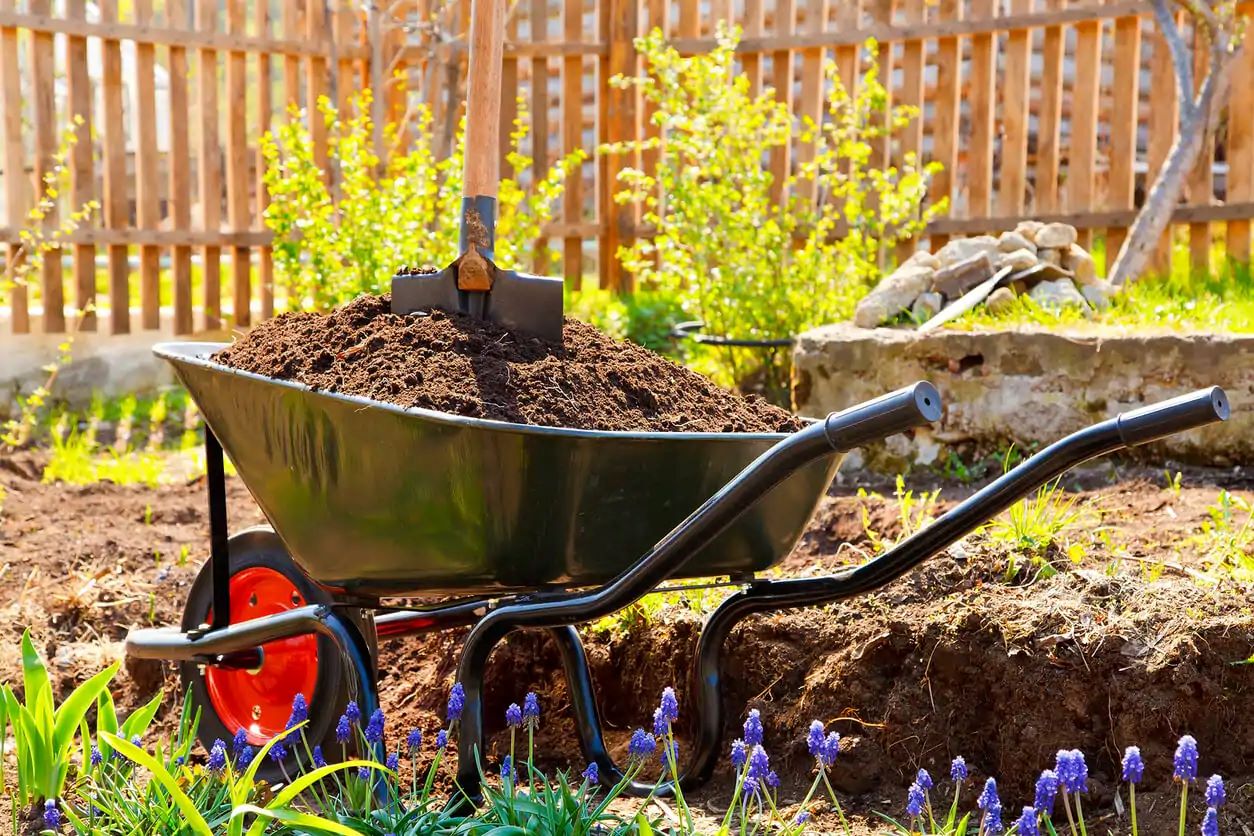

0 thoughts on “How To Store Marigold Seeds Over Winter”